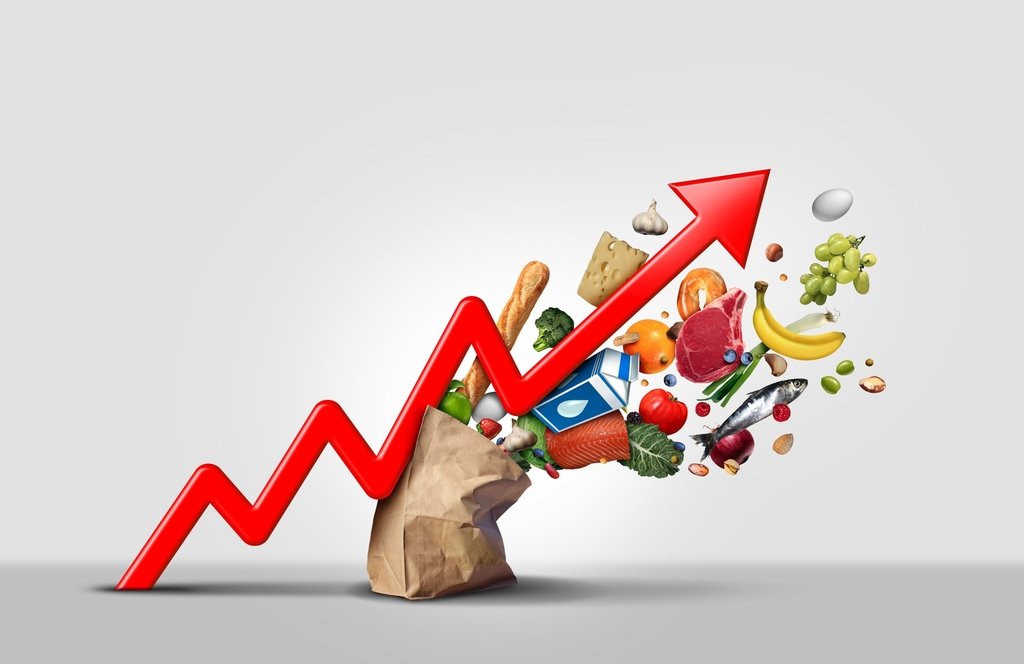The Effects of Retail Price Increases on Consumers
When the price of retail goods increases, consumers are likely to experience several effects. Here are some ways in which consumers may be affected:
-
Reduced purchasing power: When retail prices go up, consumers may find that they have less purchasing power. This means that they may not be able to buy as many goods as they could before the price increase, or they may have to spend more money to purchase the same amount of goods.
-
Reduced discretionary spending: If retail prices increase significantly, consumers may need to cut back on their discretionary spending. They may have to forgo certain purchases that they would have made before the price increase, or they may need to find cheaper alternatives.
-
Increased inflation: If retail prices increase across the board, this can contribute to overall inflation in the economy. Inflation can lead to higher prices for a range of goods and services, which can further erode consumers' purchasing power.
-
Increased demand for substitutes: If prices increase for certain goods, consumers may start looking for substitutes that are cheaper. This could lead to increased demand for substitute products, which could in turn lead to price increases for those products.
-
Increased competition: Retailers may need to compete more aggressively for consumers' business if prices go up. This could lead to increased marketing efforts, promotions, and discounts, which could benefit consumers who are looking to save money.
Overall, the impact of a price increase in retail will depend on a range of factors, including the size and scope of the increase, the overall state of the economy, and consumer preferences and behaviour.


























